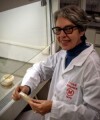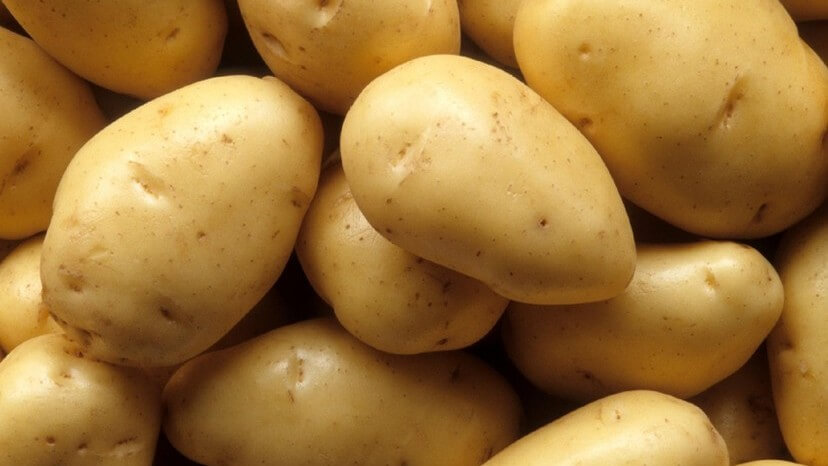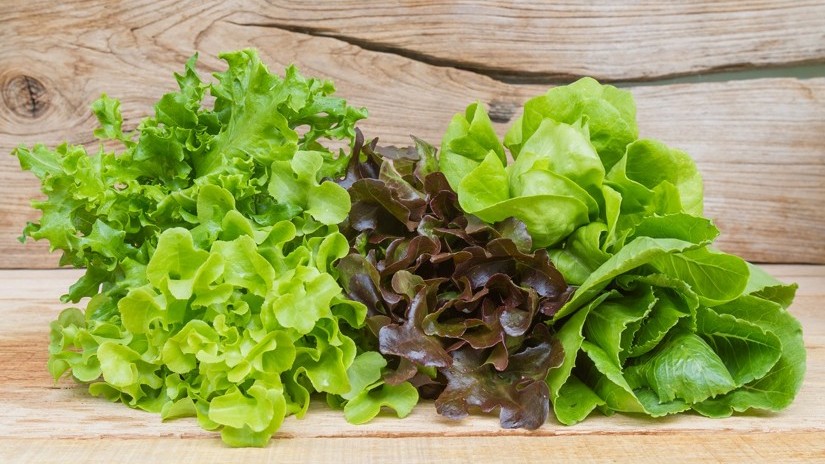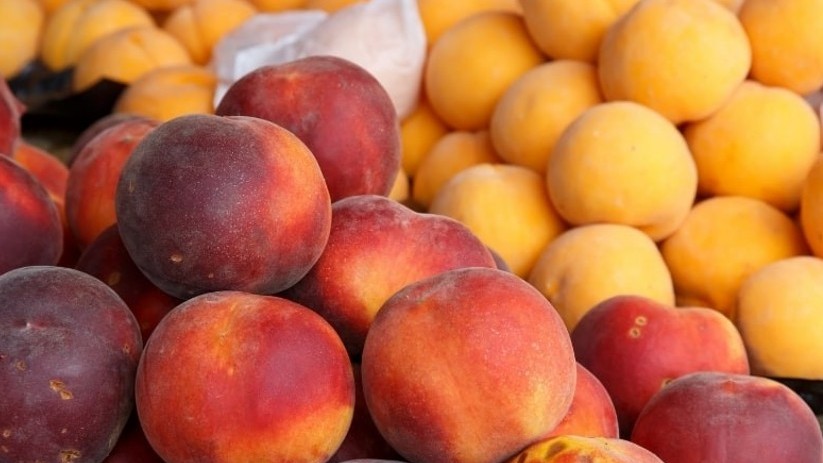News
Poly-L-lysine Peptide Inhibits Blue Mold in Stored Apples
Transcriptome analysis provides insights into the inhibition mechanisms of ε-poly-L-lysine peptide on blue mold in post-harvest apples caused by Penicillium expansum
Penicillium expansum is an ascomycete fungus, the causal agent of blue mold, responsible for significant postharvest losses in apples (Malus × domestica Borkh, Rosaceae family). It is also a major pathogen affecting various fruits and vegetables. Its spores can linger on the epidermis for extended periods and spread from infected to neighboring fruits, resulting in substantial economic losses during storage.
Moreover, P. expansum can secrete patulin and citrinin in apples, two potentially mutagenic and neurotoxic mycotoxins that significantly impact the safety of consuming apples and their derivatives.
Recent studies have demonstrated that the ε-poly-L-lysine (ε-PL) peptide inhibits the development of P. expansum in apples, Penicillium digitatum in citrus, Botrytis cinerea in jujube, cherry tomatoes, strawberries, and grapes, and Alternaria alternata in tomatoes.
Inhibitory Effects of Poly-L-lysine
The inhibitory effects of ε-PL against P. expansum in apples were investigated, and the results showed that doses of 600 mg L-1 prevent the development of P. expansum and control decay.
Many food preservation strategies use ε-PL to suppress foodborne pathogens in condiments, desserts, and fruit juices.
Poly-L-lysine (ε-PL) is a naturally occurring poly(amino acid) with a variable degree of polymerization, possessing excellent antimicrobial activity and being widely used in the food and pharmaceutical industries.
Poly-L-lysine and Its Origin
It consists of 25 to 35 residues of L-lysine with amide bonds formed between ε-amino and α-carboxyl groups. Due to its valuable characteristics, such as water solubility, biodegradability, edibility, and non-toxicity to humans and the environment, ε-PL is widely used.
It is synthesized by various microorganisms. An increasing number of ε-PL-producing strains have been selected as a result of the development of new detection methods, mainly in Streptomyces, especially in S. albulus, which provides the highest ε-PL production (70 g/L) in liquid fermentation.
Some other actinomycetes, such as Kitasatospora, Streptomyces ahygroscopicus, Streptomyces griseofuscus, and Streptomyces diastatochromogenes, have also been investigated in various studies with varying degrees of success. Other species, such as Bacillus subtilis SDNS marine, Bacillus thuringiensis, Bacillus cereus, Bacillus licheniformis, Lactobacillus delbrueckii strain, Lactococcus lactis strain, and Corynebacterium variabile, also have the potential to be industrial producers of ε-PL.
How Does ε-PL Inhibit Blue Mold in Apples?
The molecular mechanisms of ε-PL inhibition on P. expansum in infected apples were investigated through transcriptome analysis.
High-throughput RNA sequencing (RNA-seq) is crucial for exploiting the information and expression levels of numerous RNA molecules, including mRNA and non-coding RNA (messenger and non-coding), at a given moment and in a specific state of a species.
This technique allows the analysis of genomic data to elucidate the inhibitory mechanism of antifungal substances against post-harvest fruit and vegetable pathogens like P. expansum.
In this way, it has been elucidated that the mechanisms of ε-PL on P. expansum in infected apples are various and include:
- Reduction of antioxidant potential, including decreased expression of genes encoding superoxide dismutase, catalase, glutathione S-transferase, xanthine dehydrogenase, D-amino acid oxidase, phenomena weakening P. expansum cells' ability to eliminate ROS, causing oxidative damage;
- Reduction of its virulence towards apples by reducing the expression of genes encoding enzymes involved in cell wall degradation, such as pectinases and cellulases;
- Disruption of P. expansum's mitochondrial function, including reduced expression of various genes encoding enzymes in energetic metabolic pathways such as glycolysis, the Krebs cycle, and oxidative phosphorylation, leading to insufficient ATP synthesis, weakening P. expansum's resistance to external stress, and ultimately slowing down the apple invasion process;
- Damage to the integrity of P. expansum's cell membranes, including reduced expression of genes encoding enzymes such as ergosterol synthase (ergosterol is an essential component of fungal plasma membranes);
- Inhibition of conidia differentiation.
Potential
Synthetic antiseptics are generally used to control post-harvest apple diseases. However, indiscriminate use of large quantities of these fungicides can negatively impact human health and lead to environmental contamination.
Developing an effective and safer method to control blue mold decomposition in post-harvest apples is of great importance.
Sources
Dou, Y.; Dhanasekaran, S.; Legrand, G.; Ngea, N.; Yang, Q.; Zhang, X.; Zhao, L.; Wang, K.; Zhang, H. (2024). Transcriptome analysis provides insights into potential mechanisms of epsilon-poly-L-lysine inhibiting Penicillium expansum invading apples. Postharvest Biology and Technology, 207: 112622.
Wang, L.; Zhang, C.; Zhang, J.; Rao, Z.; Xu, X.; Mao, Z.; Chen, X. (2021). Epsilon-poly-L-lysine: Recent Advances in Biomanufacturing and Applications. Front. Bioeng. Biotechnol., 9.
Image













